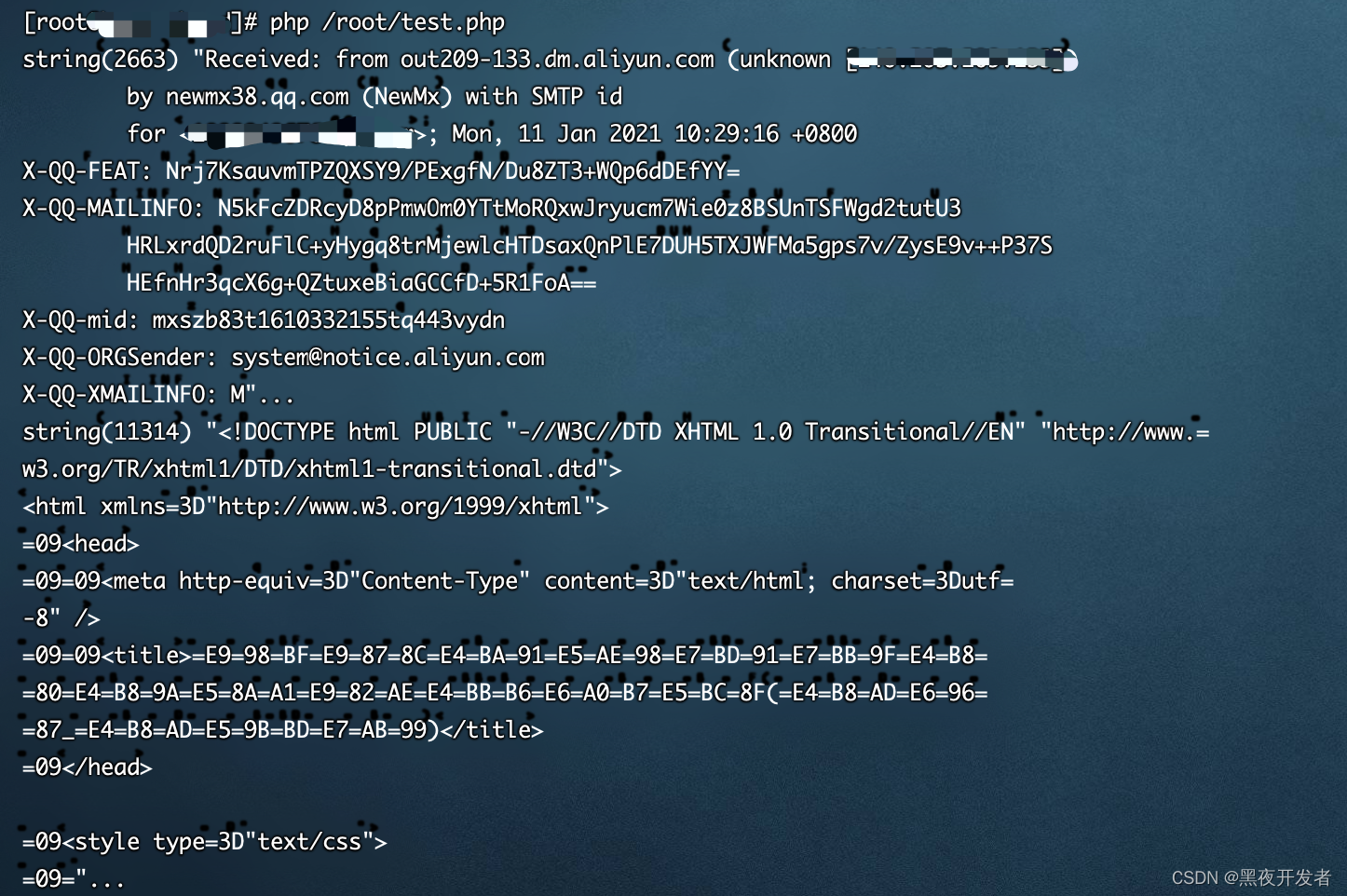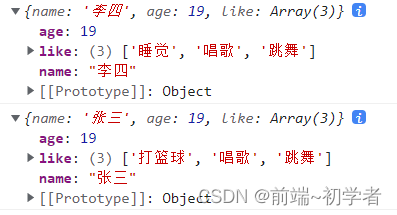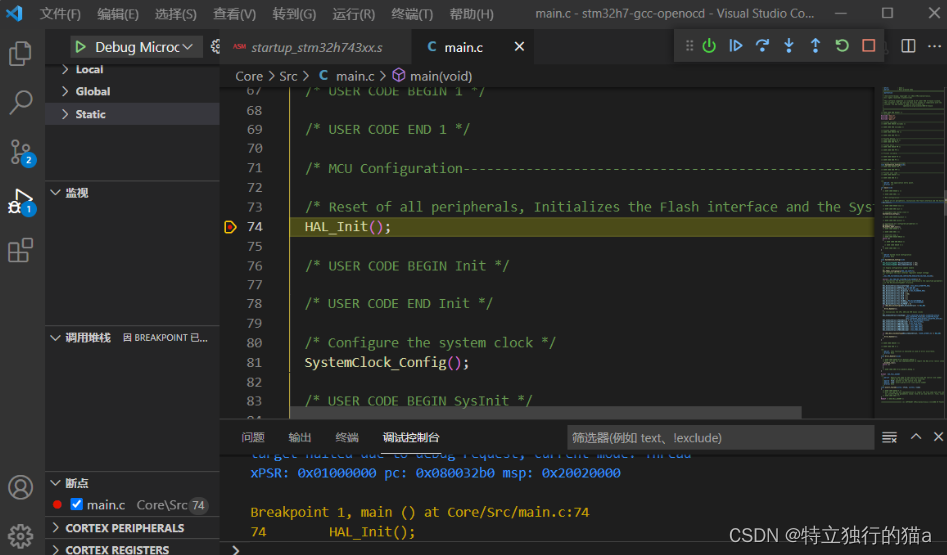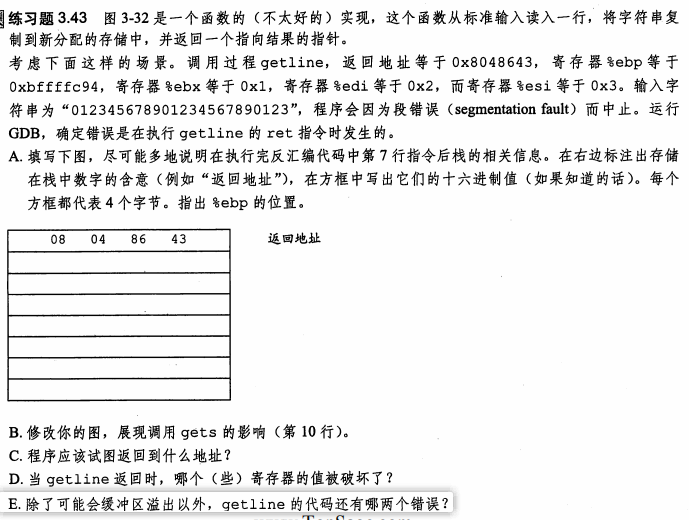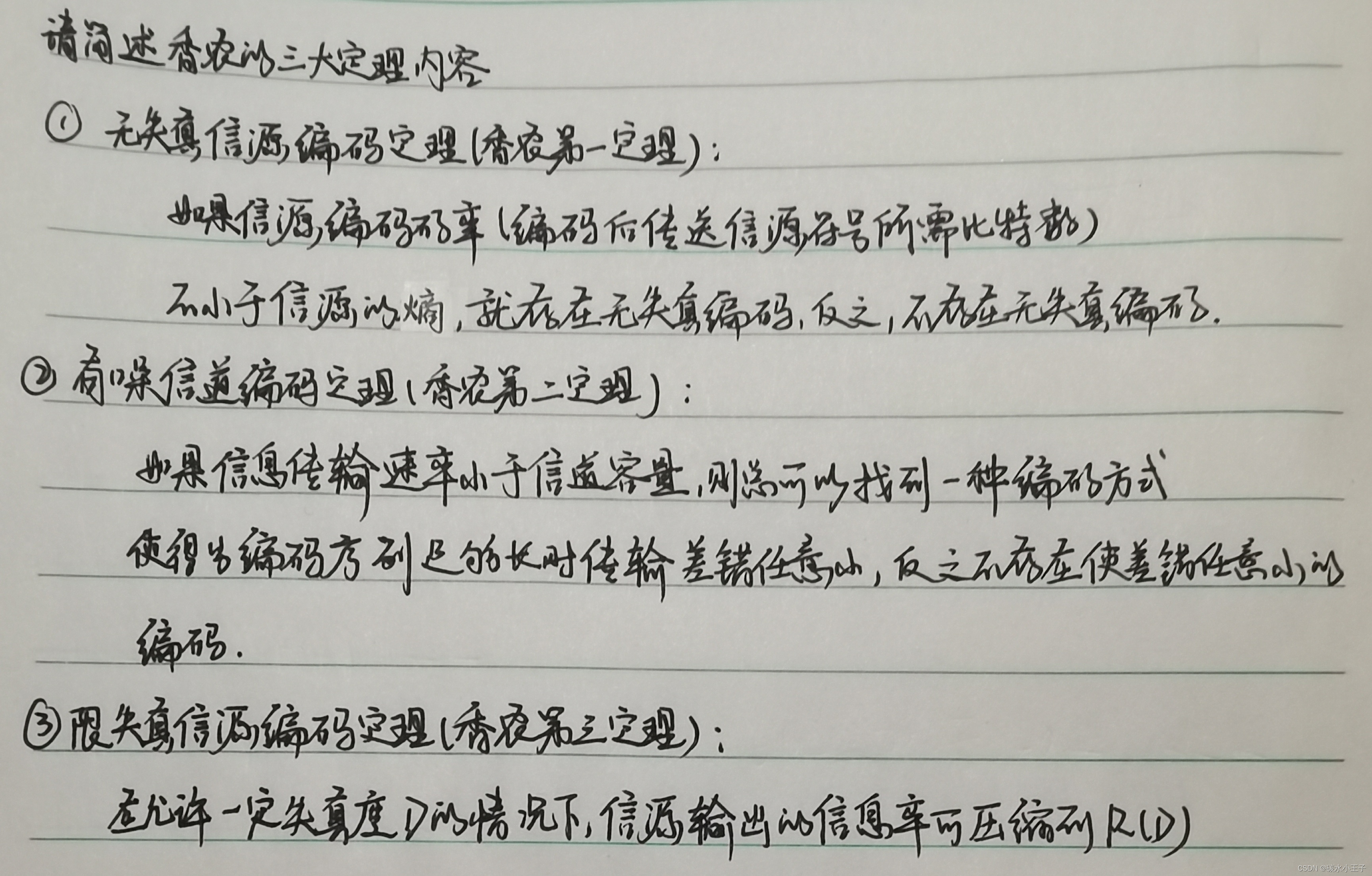LeetCode 2559 统计范围内的元音字符串数
来源:力扣(LeetCode)
链接:https://leetcode.cn/problems/count-vowel-strings-in-ranges/description/
博主Github:https://github.com/GDUT-Rp/LeetCode
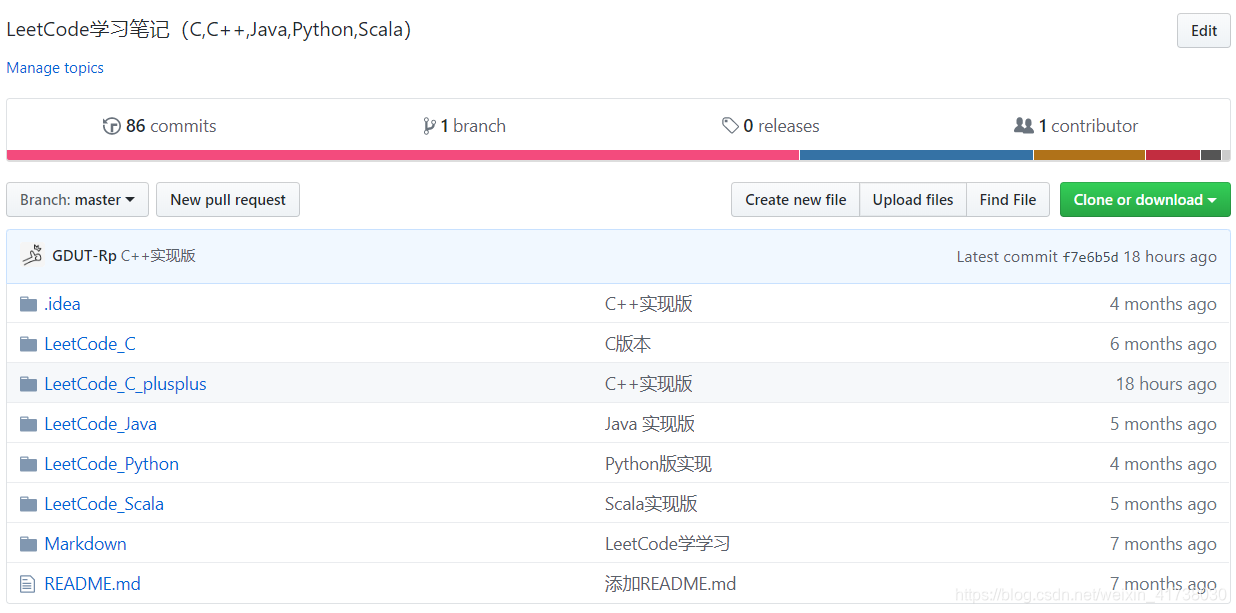
题目:
给你一个下标从 0 开始的字符串数组 words 以及一个二维整数数组 queries 。
每个查询 queries[i] = [li, ri] 会要求我们统计在 words 中下标在 li 到 ri 范围内(包含 这两个值)并且以元音开头和结尾的字符串的数目。
返回一个整数数组,其中数组的第 i 个元素对应第 i 个查询的答案。
注意:元音字母是 'a'、'e'、'i'、'o' 和 'u' 。
示例 1:
输入:words = ["aba","bcb","ece","aa","e"], queries = [[0,2],[1,4],[1,1]]
输出:[2,3,0]
解释:以元音开头和结尾的字符串是 "aba"、"ece"、"aa" 和 "e" 。
查询 [0,2] 结果为 2(字符串 "aba" 和 "ece")。
查询 [1,4] 结果为 3(字符串 "ece"、"aa"、"e")。
查询 [1,1] 结果为 0 。
返回结果 [2,3,0] 。
示例 2:
输入:words = ["a","e","i"], queries = [[0,2],[0,1],[2,2]]
输出:[3,2,1]
解释:每个字符串都满足这一条件,所以返回 [3,2,1] 。
提示:
- 1 <= words.length <= 105
- 1 <= words[i].length <= 40
- words[i] 仅由小写英文字母组成
- sum(words[i].length) <= 3 * 105
- 1 <= queries.length <= 105
- 0 <= queries[j][0] <= queries[j][1] < words.length
解题思路:
方法一:逐个判断,前缀和
先将每个 word 判读是否符合,这里就会有一个 []bool;
统计一个前缀和,这里的前缀和只要一减就能知道区间的和。
Golang
func vowelStrings(words []string, queries [][]int) []int {
// 判断每个是不是
isWords := make([]bool, len(words))
for i, word := range words {
isWords[i] = isRightWord(word)
}
preCount := make([]int, len(words) + 1)
if isWords[0] {
preCount[1] = 1
}
// 再用一个前缀和
for i := 1; i < len(words); i ++ {
if isWords[i] {
preCount[i+1] = preCount[i] + 1
continue
}
preCount[i+1] = preCount[i]
}
var ans []int
for i, q := range queries {
if q[1] != q[0] {
ans = append(ans, preCount[q[1] + 1] - preCount[q[0]])
continue
}
// ==
if isWords[q[0]] {
ans = append(ans, 1)
continue
}
ans = append(ans, 0)
}
return ans
}
var aeiou = map[byte]bool{
'a': true,
'e': true,
'i': true,
'o': true,
'u': true,
}
func isRightWord(word string) bool {
if _, ok := aeiou[word[0]]; !ok {
return false
}
if _, ok := aeiou[word[len(word) - 1]]; !ok {
return false
}
return true
}

复杂度分析
时间复杂度: O ( n ) O(n) O(n)。
空间复杂度: O ( n ) O(n) O(n),1个map的空间,前缀和数组空间。



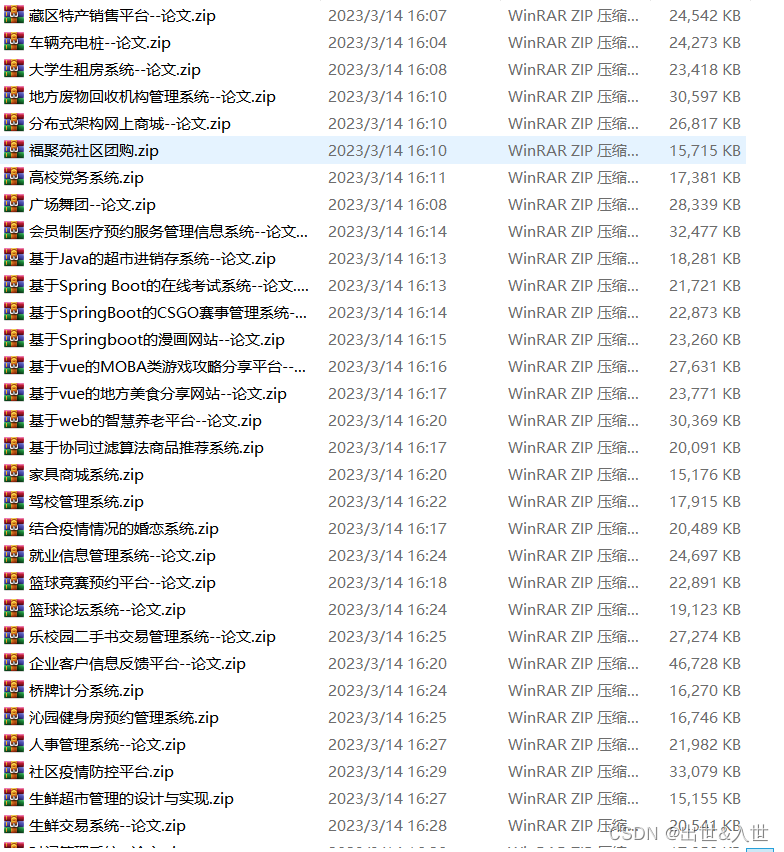
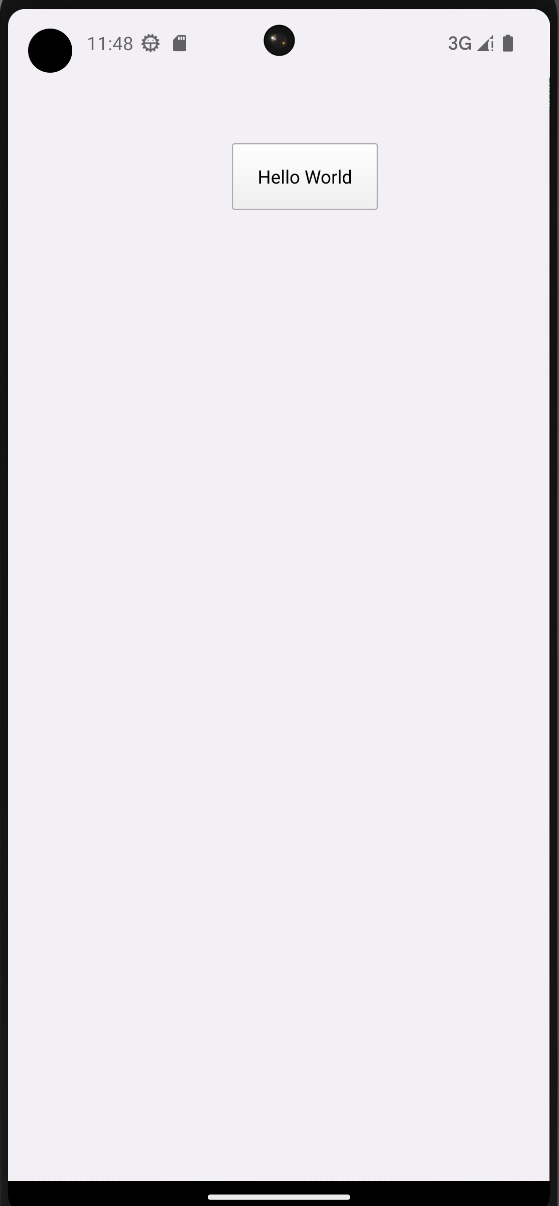





![[转载]Nginx 使用 X-Accel-Redirect 实现静态文件下载的统计、鉴权、防盗链、限速等](https://img-blog.csdnimg.cn/img_convert/ea28657bf08077d6373ea049f78454fa.png)

